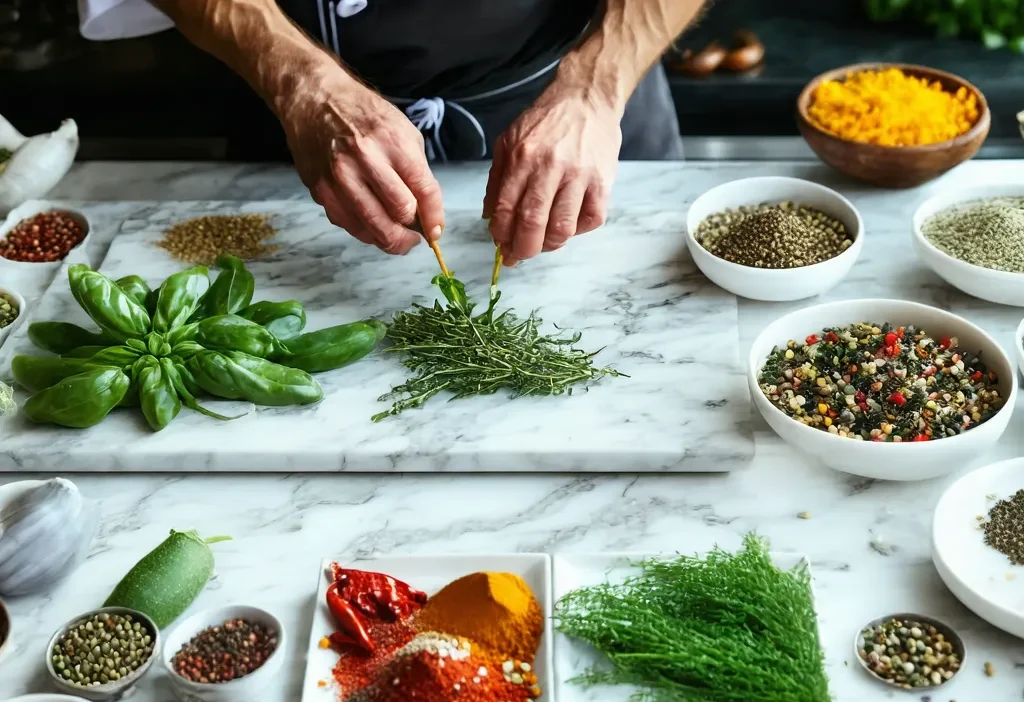Introduction
When it comes to crafting memorable meals, the magic lies in how flavors dance together on your tongue. Achieving flavor balance is an essential culinary skill that elevates dishes from ordinary to extraordinary. Whether you’re a novice or a seasoned cook, understanding how different ingredients interact can transform your cooking experience.
The Science of Flavor Interaction
Flavors aren’t just standalone entities; they have relationships—sometimes harmonious, sometimes clashing. Sweet, sour, salty, bitter, and umami are the five basic taste profiles, but how they combine is where the real magic happens.
Understanding Flavor Balance
A perfectly balanced dish doesn’t let any single flavor overpower the others. For instance, the heat of chili in chocolate can bring out its sweetness while adding complexity. Similarly, a sprinkle of cheese on pizza creates a symphony of flavors that satisfies every craving.
Tips for Balancing Bold Flavors
When working with intense flavors like wasabi or blue cheese, moderation is key. Here are some expert tips:
- Add acidic elements to cut through richness. Think lemon juice in a creamy pasta dish.
- Incorporate fat to temper heat. A dollop of yogurt can cool down spicy curries nicely.
- Balance bitterness with sweetness, like adding honey to roasted Brussels sprouts.
The Role of Complementary and Contrasting Pairings
Complementary pairings enhance each other’s flavors, such as peanut butter and jelly or chocolate and chili. On the other hand, contrasting pairings create dynamic tension, like spicy and creamy or sweet and savory.
Expert Insights
According to culinary experts at Serious Eats, pairing ingredients with overlapping flavor profiles can deepen a dish’s complexity. For example, tomatoes and balsamic vinegar share similar acidity, enhancing each other when paired.
Creative Pairing Ideas
Don’t be afraid to experiment! Some unexpected combinations might surprise you:
- Sweet and Spicy: Drizzle honey on grilled chicken with a chili glaze for a delightful contrast.
- Cheesy and Tangy: Top caprese salad with a squeeze of lime to brighten the mozzarella’s richness.
Conclusion
Mastery of flavor balance is a journey that rewards patience and creativity. By understanding how different tastes interact, you can craft dishes that are as harmonious as they are exciting. Remember, the goal isn’t perfection but finding that sweet spot where every bite tells a story. So go ahead—experiment, taste, and enjoy the culinary adventure!
Related Reading
For more insights into flavor pairing, check out Bon Appétit’s expert guides on ingredient combinations. Your味蕾 will thank you!





